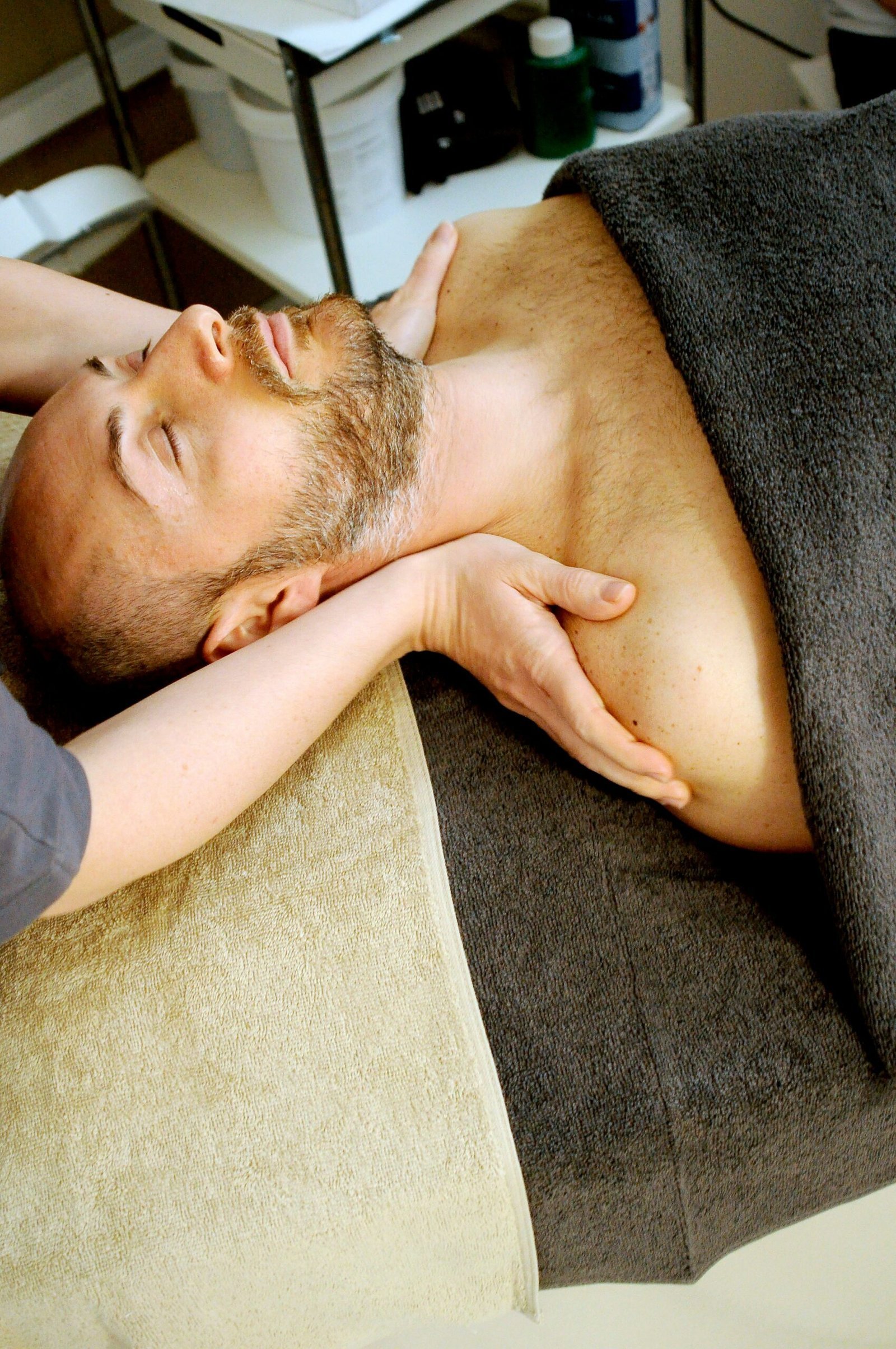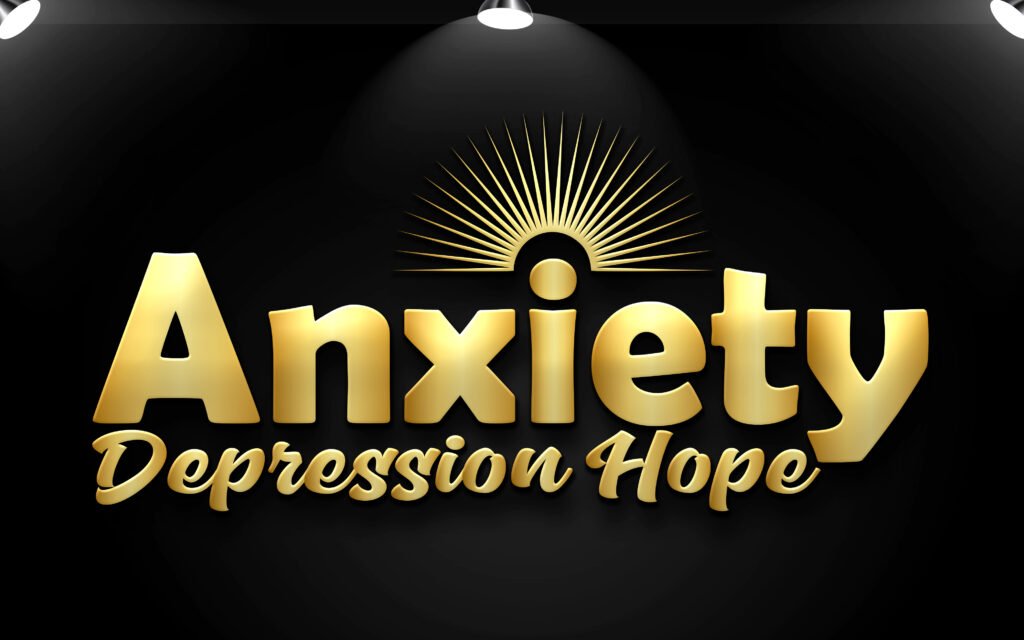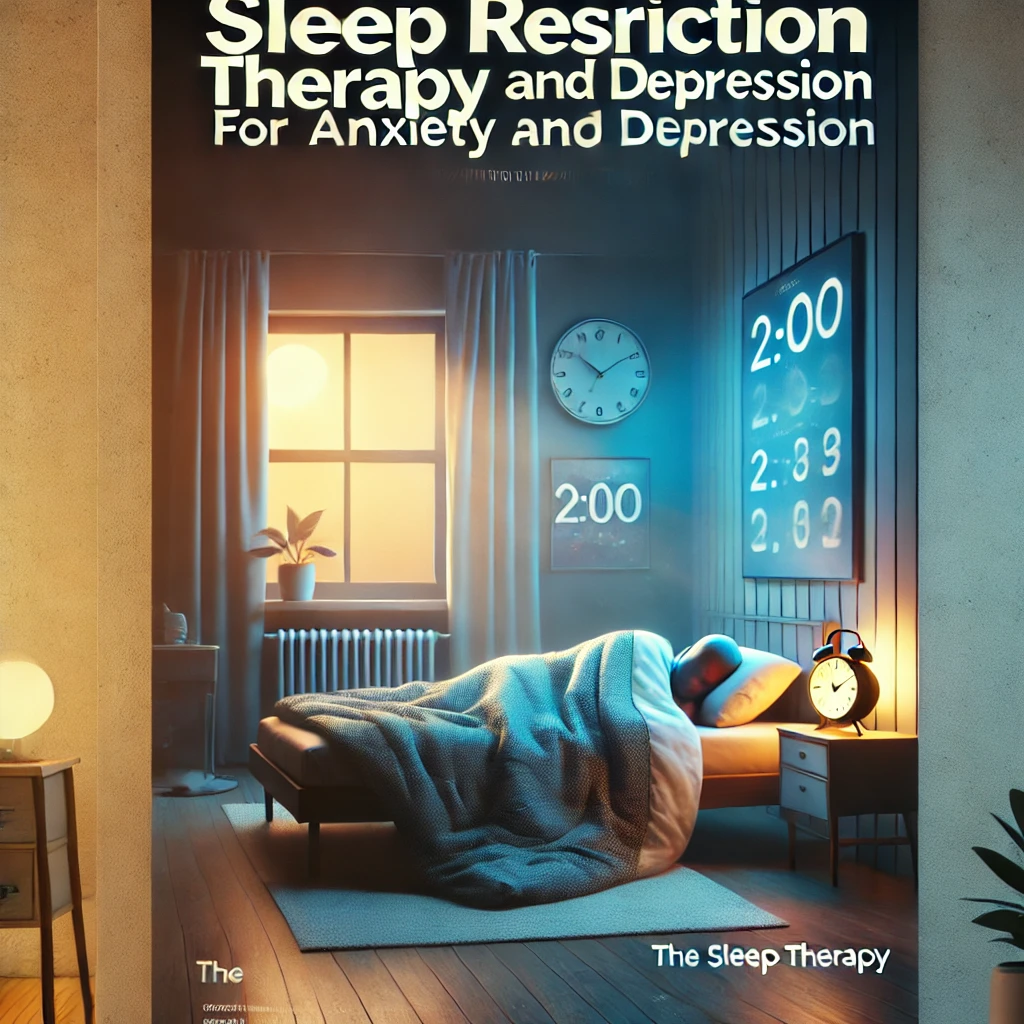The Sleep Therapy You Haven’t Heard Of

What is Sleep Restriction Therapy?
Sleep Restriction Therapy (SRT) is a behavioral intervention designed to improve sleep quality through the regulation of time spent in bed. The foundation of SRT rests on the principle of enhancing sleep efficiency, which refers to the ratio of time spent asleep to the total time spent in bed. By limiting the hours one remains in bed to align more closely with the actual hours spent sleeping, SRT helps recalibrate sleep patterns, enabling individuals to achieve deeper and more restorative sleep.
Unlike traditional sleep practices, which often advocate for extended time in bed, SRT discourages unnecessary time spent awake in bed. This approach may initially be misconstrued as a method to promote wakefulness; however, the fundamental goal is to enhance the overall quality of sleep. By restricting time in bed, the body learns to associate these set hours with actual sleep, ultimately fostering a stronger sleep drive and helping to alleviate insomnia and other sleep-related issues.
The biological basis of SRT is grounded in the understanding of the body’s circadian rhythms and sleep architecture. The technique encourages the natural increase of deep sleep stages, which are crucial for physical and mental health. As individuals adhere to a more structured sleep schedule, they often report improvements in subjective sleep quality, heightened feelings of restfulness, and a decrease in nighttime awakenings. Over time, the benefits of SRT become evident, as individuals experience a significant reduction in sleep onset latency and an increase in total sleep time.
By demystifying Sleep Restriction Therapy and understanding its scientifically-backed principles, individuals struggling with sleep issues may find a viable alternative to conventional methods. This structured approach to recalibrating sleep patterns can yield profound benefits, supporting a healthier relationship with sleep and enhancing overall well-being.
Benefits of SRT for Anxiety and Depression
Sleep Restriction Therapy (SRT) has emerged as an effective therapeutic approach in addressing the complexities of anxiety and depression. One of the key mental health benefits of SRT is its ability to alleviate sleep anxiety, a specific type of worry often experienced by individuals facing insomnia or poor sleep quality. SRT encourages a more structured and consistent sleep-wake cycle, which help mitigate excessive concerns about falling asleep or staying asleep. This structured approach can diminish the psychological burden associated with sleep, allowing individuals to focus on other aspects of their mental health.
Research findings support the efficacy of SRT not only as a method for improving sleep but also in enhancing overall mood stabilization. Various studies have documented significant improvements in general sleep quality among patients who engage in SRT as part of their treatment regimen. Improved sleep quality is often linked to reductions in symptoms of anxiety and depression, creating a positive feedback loop. As patients experience better sleep, they tend to report decreased levels of irritability and emotional instability, contributing to improved mental health outcomes.
Aside from empirical findings, anecdotal evidence further underscores the benefits of SRT. Many individuals have shared their transformative experiences following SRT interventions. These narratives highlight a gradual reduction in anxiety levels and improved coping mechanisms for dealing with depressive symptoms. By reframing one’s relationship with sleep, individuals not only enhance their sleep patterns but also cultivate resilience against anxiety and depressive episodes. The integration of SRT into therapeutic practices signifies a promising advancement in mental health treatment, offering individuals the opportunity for a more peaceful and restorative sleep experience.
What Can You Expect from SRT?
Sleep Restriction Therapy (SRT) is a structured approach designed to enhance sleep quality for individuals who struggle with insomnia. Participants embarking on this therapy can expect a well-defined program that unfolds over several weeks, aiming to recalibrate their sleep patterns and overall restfulness. Initially, those involved may experience specific restrictions on their time in bed, which may seem counterintuitive; however, this method helps to build a more efficient sleep drive.
At the beginning of the therapy, participants are typically required to limit their time in bed to a duration that reflects their current sleep efficiency. For instance, if an individual averages five hours of sleep per night, they may be instructed to spend only five hours in bed. This approach encourages the brain to associate the bed with sleep rather than wakefulness, fostering a stronger urge to sleep when in bed. As weeks progress and improvement in sleep patterns occurs, bedtimes gradually expand, allowing for an incremental increase in sleep duration.
Throughout the SRT program, tracking sleep patterns becomes essential. Participants are encouraged to maintain a sleep diary, noting the times they go to bed, wake up, and any nocturnal awakenings. This record not only aids therapists in monitoring progress but also empowers participants with insights into their sleeping habits. Furthermore, maintaining a consistent sleep schedule—where bedtimes and wake-up times are invariable—plays a crucial role in enhancing sleep quality. Adhering to this routine helps reinforce the body’s natural circadian rhythms.
Setbacks may arise during the SRT journey, particularly as individuals adjust to altered sleep times. It is important for participants to approach these challenges with patience and to remain committed to the therapy. Understanding that fluctuations are a normal part of the process can significantly reduce anxiety surrounding sleep. In conclusion, starting SRT requires a willingness to adapt and an understanding of the commitment necessary for achieving restorative sleep.
Getting Started with Sleep Restriction Therapy
Embarking on a Sleep Restriction Therapy (SRT) journey requires some preparation and understanding of one’s individual sleep patterns and lifestyle. The first step involves tracking your current sleep habits. Consider maintaining a sleep journal for at least one to two weeks. Document the time you go to bed, the time you wake up, and the quality of your sleep each night. This information will provide valuable insights into how much sleep you are currently getting versus how much you may actually need.
Next, calculate your average total sleep time during this period. For the purpose of SRT, it’s crucial to recognize your baseline sleep duration. Based on this, you’ll set a restricted sleep window. Generally, limiting the time spent in bed to your average sleep duration will help consolidate your sleep and improve its quality. If you find that you’re sleeping for an average of six hours each night, you might initially set a bedtime that allows for six hours of sleep, pairing it with a consistent wake-up time.
Incorporating technology can greatly aid the SRT process. There are numerous apps available that monitor sleep patterns and offer insights into sleep quality. These tools can complement your sleep journal and help refine your approach as you progress. Additionally, consider consulting reputable resources such as books or websites dedicated to sleep therapy for further information on SRT practices.
As you embark on this journey, be patient and consistent; it may take some time before you see significant changes in your sleep patterns. Establishing a calming bedtime routine can also enhance the effectiveness of SRT. Lastly, if you require additional support, we encourage you to visit anxietydepressionhope.com for more information on managing anxiety and depression through holistic sleep practices. Adopting Sleep Restriction Therapy could potentially lead you to improved sleep quality and overall well-being.






